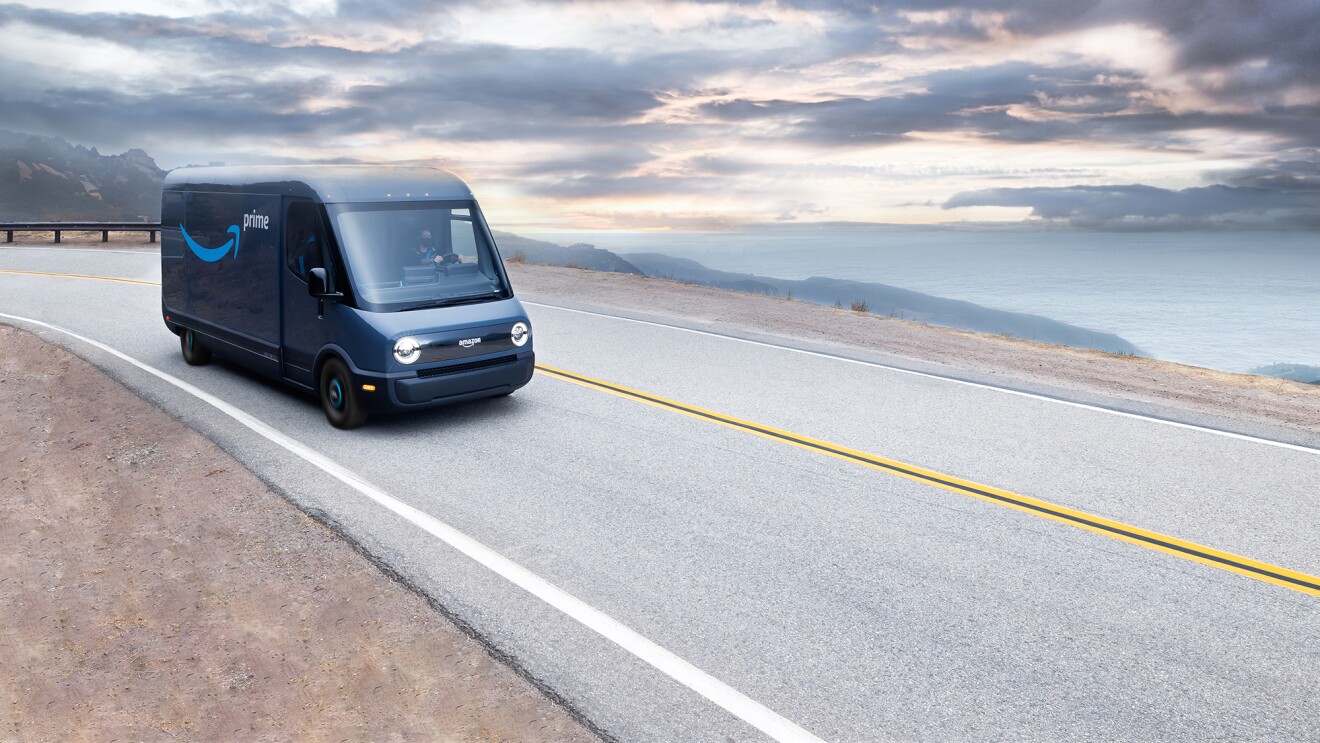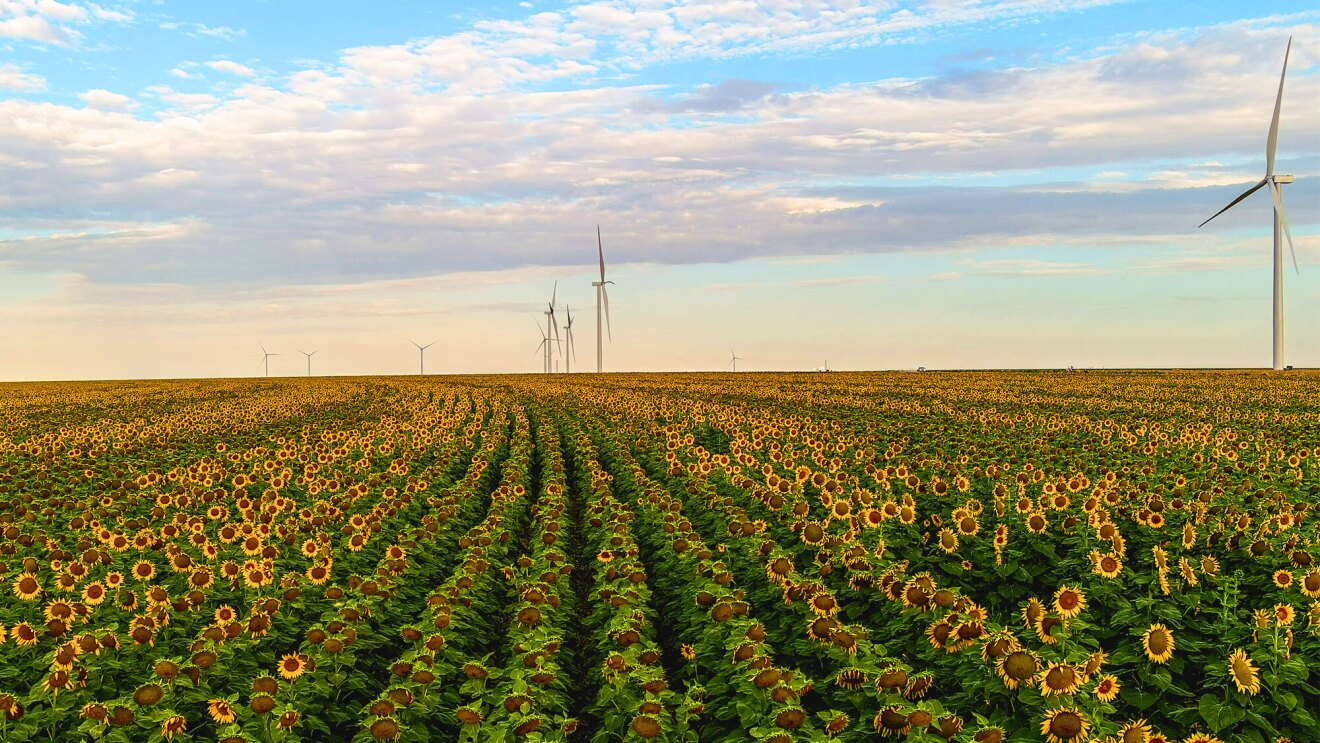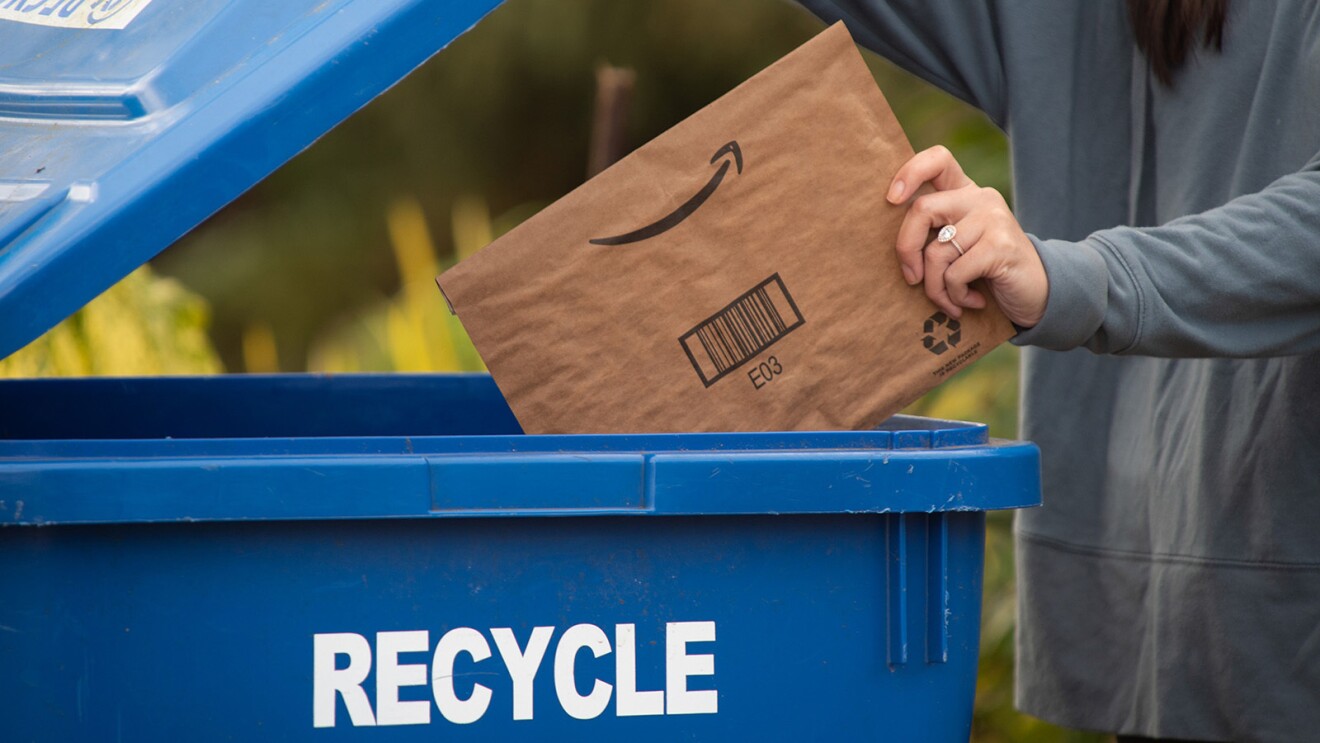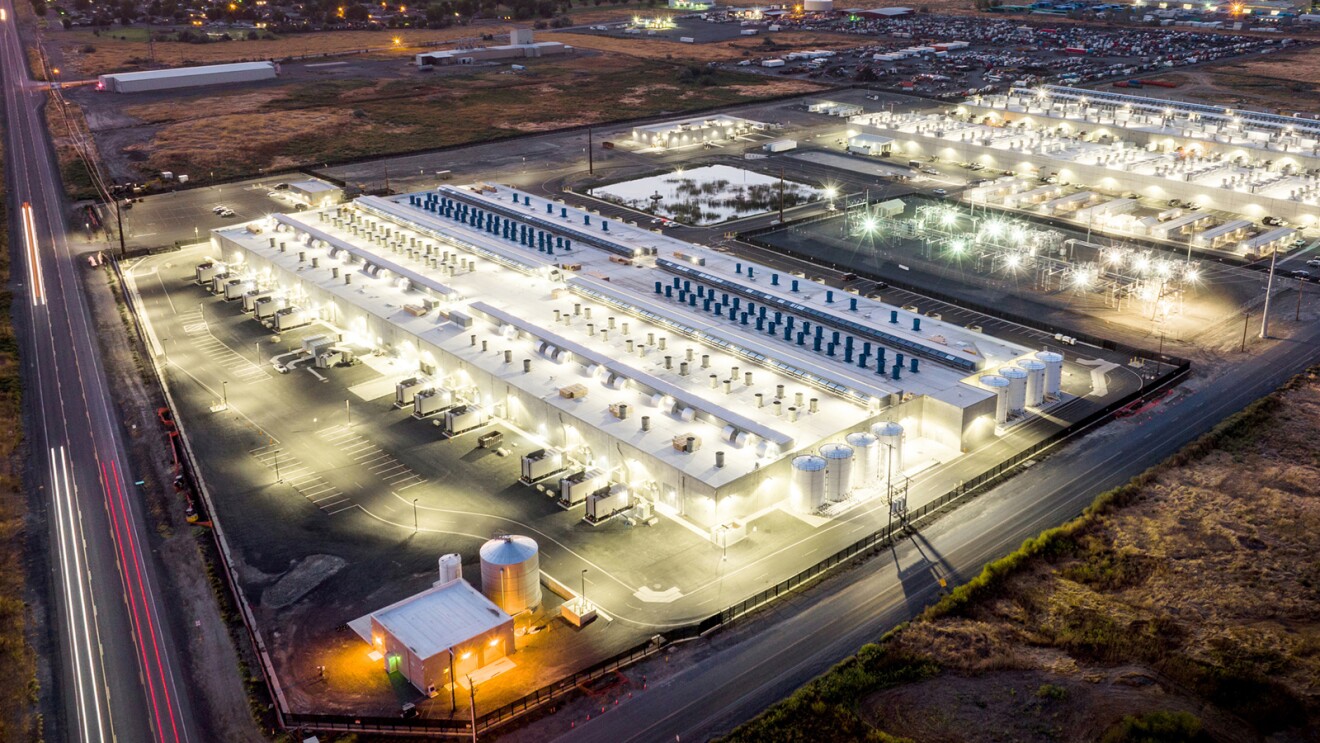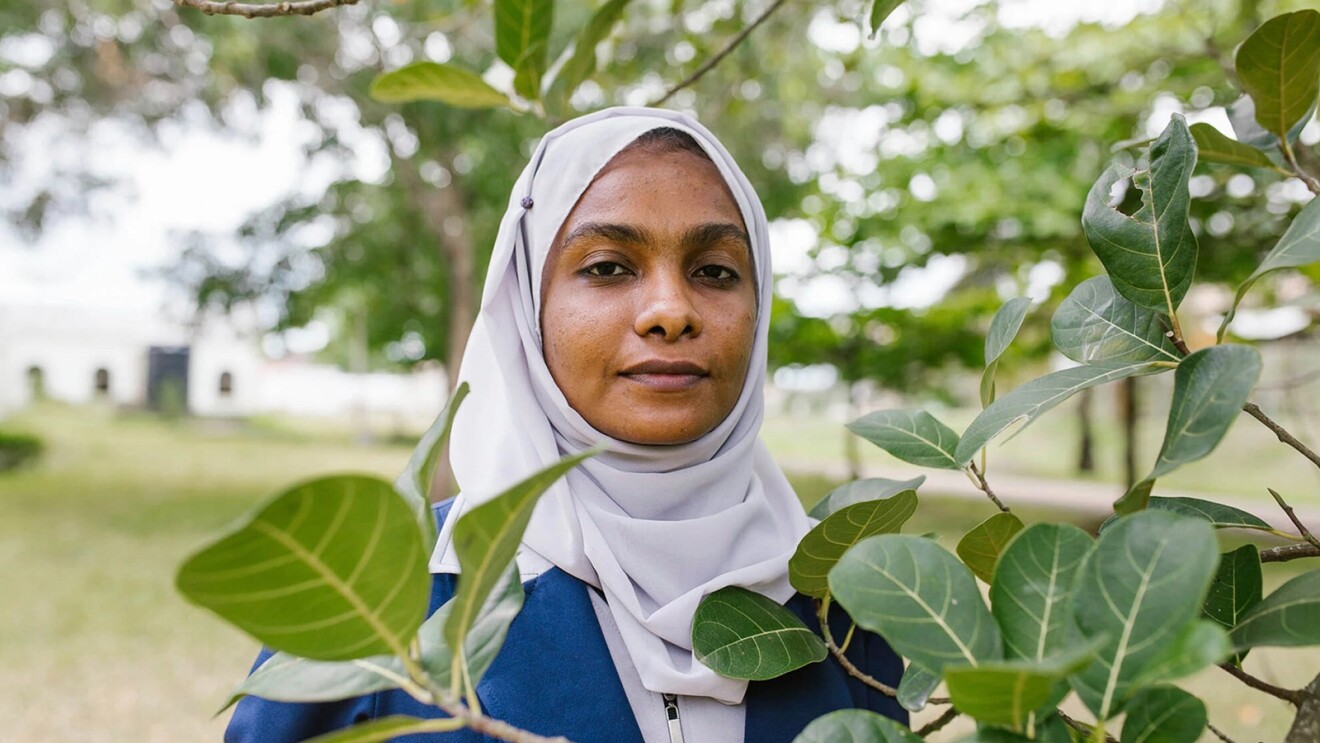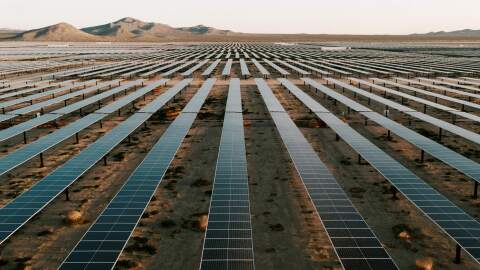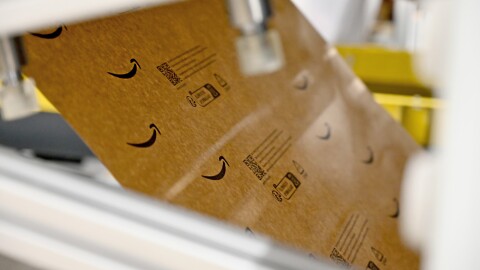In 2022, we took important steps forward across our social, community, and environmental work, while also continuing to expand our sustainability vision for the future of our business. At the centre of it all is our customer obsession. We know that sustainability is important to our customers, and we’re continuously investing, inventing, and improving to make every interaction more sustainable than the last. We do this while working to minimise our impact on the planet and the communities we operate in.
Amazon is an ecommerce business, entertainment studio, cloud provider, grocer, and more—and we’re making sustainability a priority across all of these businesses. The Climate Pledge is Amazon’s commitment to reach net-zero carbon by 2040, and every day we’re working toward this goal. It’s an incredibly challenging task, but one that we’re confident we can achieve. From the moment a customer clicks “Buy Now” to the moment a package arrives on their doorstep, we have teams of scientists and engineers working to make that process more sustainable. Across our production studios, we’re reducing the use of fossil fuels, deploying battery-electric generators, using solar-powered cast trailers, and operating electric vehicles on sets. At AWS, we’re helping customers reduce their environmental impact, offering advanced engineering, data centres, and cloud computing that reduces energy and workload carbon emissions.
I’m proud of and inspired by the work our teams around the world have accomplished, and excited about what’s ahead. Read below for nine highlights from the report.



